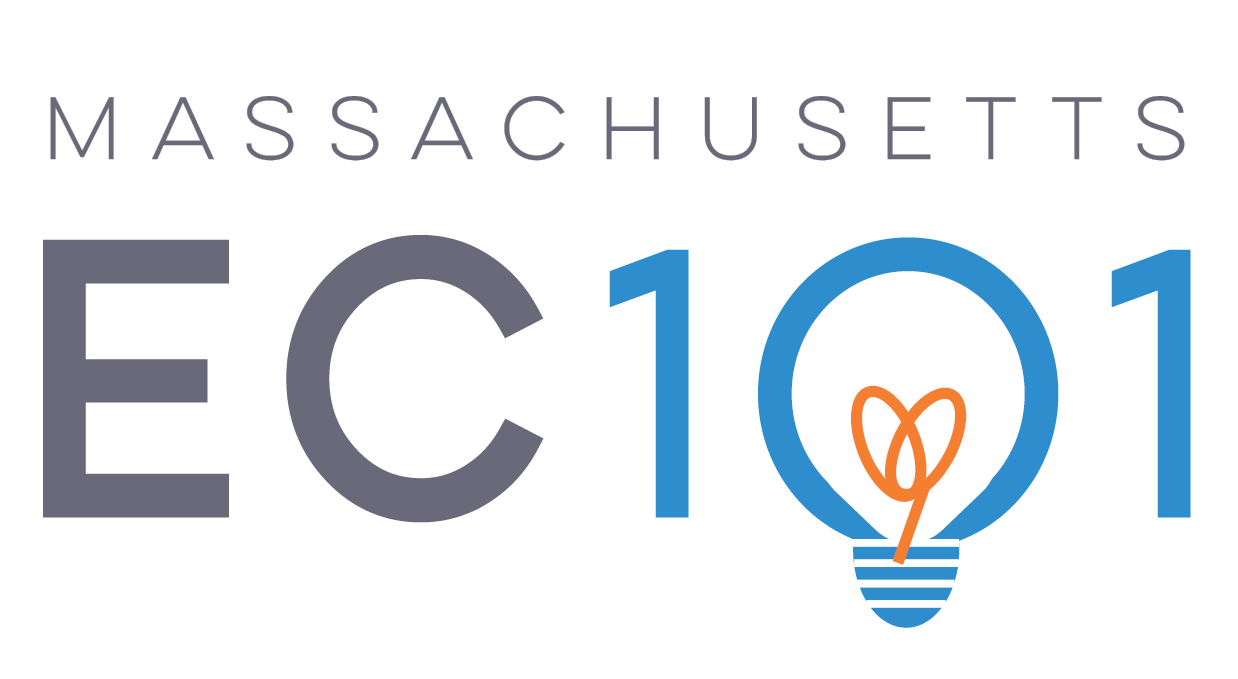Child Care Subsidy System

education & care
Services focused on the social, emotional, and cognitive growth of young children taking place in a setting without their parent or caregiver present.
IN THIS SECTION
Funding for child care financial assistance is provided through a combination of state and federal funding. Federal funding is primarily through the Child Care and Development Fund, where the Department of Early Education & Care is the designated Lead Agency for Massachusetts to administer this funding in the form of subsides for low-income families.
Child Care Financial Assistance
Families with an income level at or below 50% of the state median income, as well as families engaged with the Department of Transitional Assistance (DTA) and the Department of Children and Families (DCF), are eligible to receive child care financial support in the form of vouchers or contracts. A voucher is a subsidy placed directly into the hands of parents that they can use to pay for, or reduce the cost of, child care. On the other hand, contracts are agreements made with individual program providers that reserve a certain number of slots in their programs for children with subsidies.
As of fiscal year 2023, nearly 53,159 children in Massachusetts receive subsidies, of whom 32,557 (61%) receive an income-eligible voucher or contract, 11,600 (22%) receive a DCF voucher or contract, and 9,001 (17%) receive a DTA voucher.
If a family receives a contracted child care slot, they must send their child to the specific provider with whom the state has contracted. Although these arrangements limit parent choice, they guarantee the child a slot at the contracted provider’s center. This eliminates the challenge of trying to find a provider with open slots who will agree to take a state-issued voucher. Given the long waitlists and limited number of child care options in some regions, families using vouchers may struggle to find care that meets their needs. When a family reaches the top of the waitlist they will be given whatever type of opportunity is available whether that is a voucher or a contract. However, families can always request to switch the type of subsidy they receive (e.g. from a contract to a voucher).
In Massachusetts, only 56.1% of child care providers participate in the state’s subsidy system, in part because state reimbursements (at about 33-38% of costs) fall below market rates. Thus, “private pay” clients, those who pay full price without state subsidies, deliver significantly more revenue than subsidized families. While higher reimbursement rates would likely increase subsidy participation among providers, under the current federal block-grant funding structure for subsidized care, paying providers more per child would also limit the number of families that can receive subsidies.
education & care
Ages
Birth - 5 years
Usage
Geography
Statewide
Professionals
Agency Staff
Settings
Child Care Resource & Referral Agencies
Oversight, Guidance and Regulation
Department of Early Education & Care
Equity Considerations
Access to and affordability of child care pose significant challenges for families in Massachusetts and across the nation. There is an inadequate supply of child care seats and programs that accept subsidies, so families often cannot find child care slots in settings that they can afford. Further, while the state voucher program intends to support families that are struggling financially, waitlists for subsidized slots tend to be long.
State Subsidy Reimbursement Model
In Massachusetts, subsidies have typically been paid as reimbursements to providers based on attendance. If a child was absent beyond an allowable number of days, the provider didn’t get paid back for that slot. Individual absences were able to be reimbursed, however, this still posed an issue for providers who had to continue paying their staff and keeping their facility open even when children receiving subsidies were not in attendance.
During the COVID-19 pandemic, due to many absences and the potential for sudden program closures, Massachusetts switched their reimbursement model away from an attendance-based structure to one based on enrollment. Program providers are now paid based on the number of children currently enrolled in their program and not whether those children are in attendance on any given day. However, there still exists a limit on the number of allowable unexplained absences a child can have for a provider to be paid for that slot.
education & care
Ages
Birth - 5 years
Usage
Geography
Statewide
Professionals
Agency Staff
Settings
Child Care Resource & Referral Agencies
Oversight, Guidance and Regulation
Department of Early Education & Care
Child Care Resource & Referral Agencies (CCR&Rs)
CCR&Rs support families with finding early education programs in their local community and help eligible families obtain child care financial assistance. CCR&Rs educate families on the cost, quality, and availability of early education programs as well as out-of-school-time care, and they provide support to help families access programs that meet their needs. Further, CCR&Rs are the local entities that manage vouchers from the Department of Early Education & Care and assess a family's eligibility for them.
The Child Care Business Model
The Child Care Development Fund (CCDF) is the primary source of federal funding to help ensure access to child care for low-income families. Each state across the nation sets the payment rates for child care programs that serve children receiving subsidies. These rates have typically been based on the market rate cost of child care; however, since the reauthorization of the federal Child Care and Development Block Grant (CCDBG) in 2014, states now have the option to set rates based on different methods.





